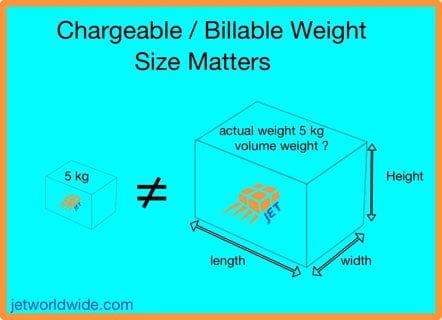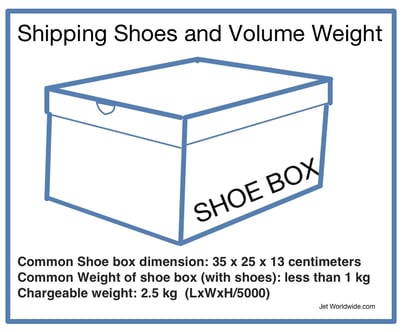
Chargeable Weight Explained: How Carriers Calculate Shipping Costs
Chargeable Weight: Actual Weight vs. Dimensional Weight
One of the most common questions from shippers is: Why am I charged for a higher weight than the scale shows? This is because carriers calculate chargeable weight based on either the actual or dimensional (volume) weight — whichever is higher.
What Determines Chargeable Weight?
Carriers use the highest of three measurements:
- Actual Weight: The weight measured on a scale
- Dimensional (Volumetric) Weight: Based on package size
- Declared Weight: The weight entered by the shipper
What is Dimensional (Volume) Weight?
Dimensional weight considers how much space a shipment occupies relative to its actual mass. A large but light package can cost as much (or more) to transport than a smaller, heavier one.

Low Density Cargo
“Low density cargo” refers to large, lightweight shipments. These are billed at dimensional weight rather than scale weight because they consume significant cargo space.
How to Calculate Chargeable Weight
Most carriers use this formula for air shipments:
Length × Width × Height (cm) ÷ 5000 = Dimensional Weight (kg)
Example Calculation
- Box weighs 5 kg
- Dimensions: 50 × 40 × 35 cm
- Volume = 70,000 cm³
- 70,000 ÷ 5000 = 14 kg
- Chargeable weight = 14 kg (not 5 kg)

Declared Weight Matters Too
If a shipper mistakenly declares 10 kg instead of 1 kg, the carrier will bill 10 kg. Carriers rarely issue credits for over-declared shipments. Always measure and weigh accurately.

- Always round up dimensions (to the nearest cm or inch)
- Check carrier-specific dimensional weight formulas
- Avoid over-declaring to prevent unnecessary charges
Chargeable Weight for Freight Shipments
For heavy freight, chargeable weight is calculated using Cubic Meters (CBM) for sea and air cargo. Learn more in our related guide: Air Freight Volume Weight and CBM.
Trucking and classification
Trucking has a unique freight classification system based on density. Read more about trucking, LTL and freight classification.
Dimensional (Volume) Weight Calculator
Note on Chargeable Weight via Jetship air. Dimensional / volume weight applies if greater than actual (scale) weight.
Formula: Length × Width × Height (cm) ÷ 5000 = Dimensional Weight (kg).
Partner with Jet Worldwide
Our experts provide personalized support to ensure your shipments are classified correctly, delivered on time, and fully compliant.
Request a Quote Talk to an Expert



